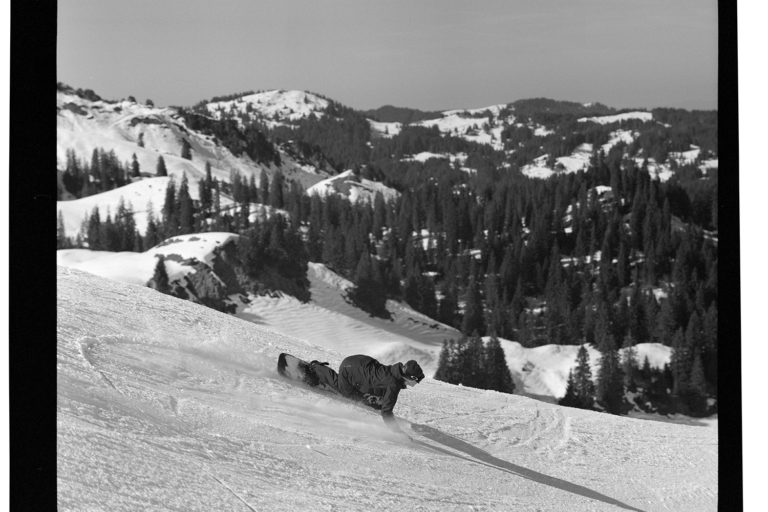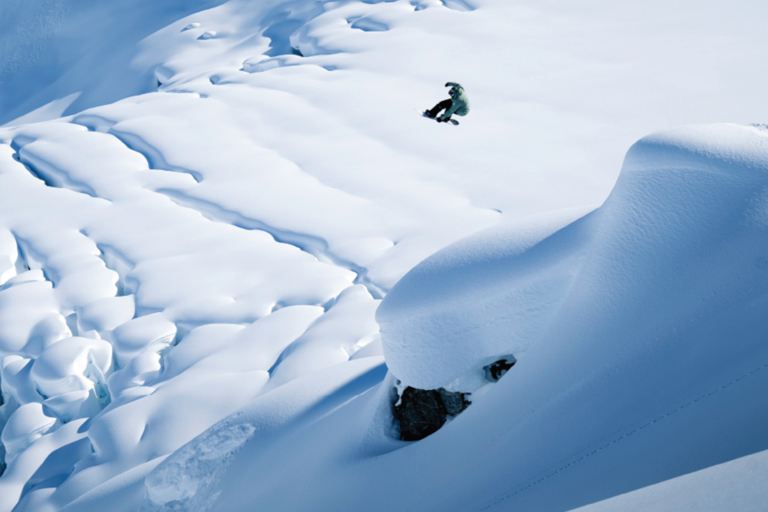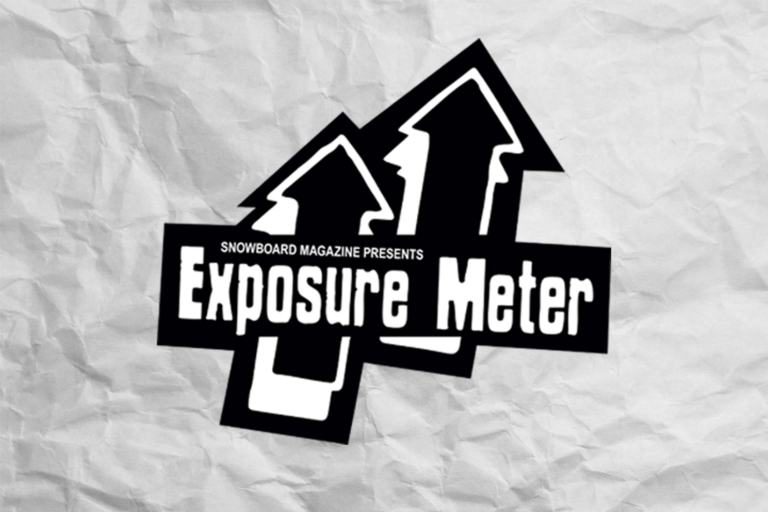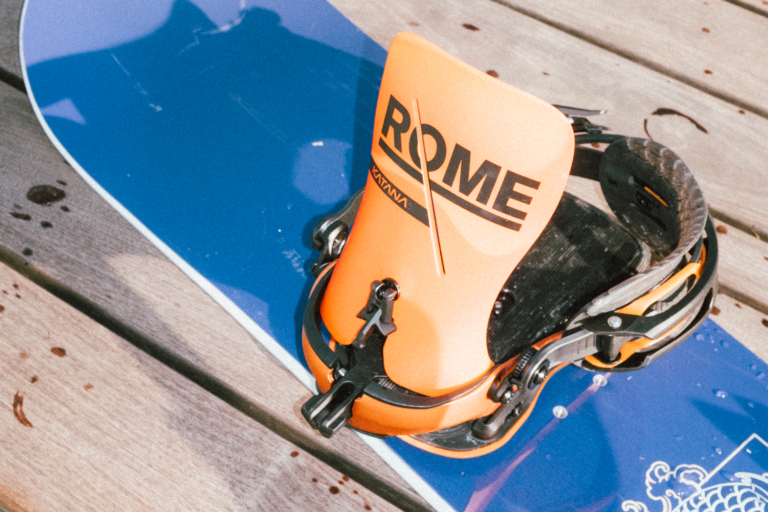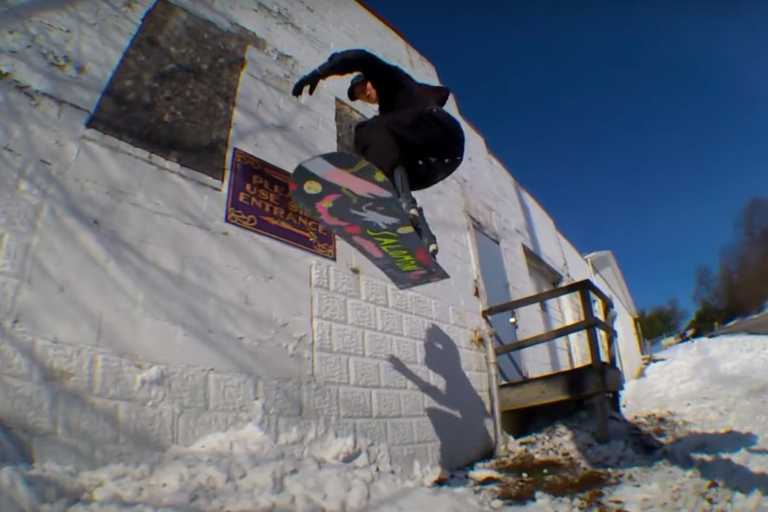A true life story from Aaron Brill, Founder of Silverton Mountain, as told to Ben Gavelda
In 1991 I went to New Zealand to go snowboarding. I was really amazed with the country, the big mountains and the terrain. It was a different kind of riding, everything was steep and powdery and your own adventure. Only a couple areas had chairlifts; most of them just had rope tows. After spending five months there I was really excited about their whole concept, and I thought that’s how riding should be brought to America.
I graduated college in 1995 and was living in Bozeman, Montana. There were some small areas there that were kind of similar in that they were only open a couple days a week and had pretty limited facilities, but none of them had that quality of terrain I’d seen in New Zealand. So I started looking for a place to create a New Zealand-style riding area that focused on the quality of the terrain and minimal facilities. Some of my criteria were that it had to be private property adjacent to public land, had to get at least 400 inches of snow and needed to be steep. I did a lot of map searching and called around when I thought I had the right spot with steep terrain, exposure and maybe the right weather.
Illustration by Mark KowalchukI was on a budget and was going to do it with one rope tow because it’s easier to put in one lift. But most places have two lifts, the approach lift that covers the low-angle terrain and another lift to get up the steeps. So that limited it to a few places. Colorado was not on my list because I thought it was played out and I didn’t think there would be a place to build a riding area there. So it was Montana, Idaho, Nevada or British Columbia. Then somebody told me to check out Lake City, Colorado, which had a little town ski area and supposedly a big peak behind it. I looked at the maps and was like, “That looks pretty cool, but I bet we’re not going to get very good snow.” On the next page over was Silverton and I was like, “Whoa, that looks really good.” I came down for a site visit in the spring of 1999 and to check out three potential zones in the Silverton area, and on the second visit I was like, “Wow, this is it!”
I moved to Silverton in October of that year with the purpose of trying to get it started. I was living in a van with my two dogs and using the payphone across the street at the Triangle Motel to conduct business and the Silverton Library to research and write up business plans. I was eating at the one restaurant that was open everyday, the Brown Bear Cafe. Thankfully they had a salad bar or I would have gotten scurvy. I worked though the process with San Juan County and they were really welcoming and helpful. I started buying and leasing mining claims to put a lift line together, and at that point I was still thinking about a rope tow on the backside of the current mountain, but it went into a big cliff face and wouldn’t have worked. So at that point I had to change focus and make it a lot bigger and more expensive and go with a chairlift. I needed much more electricity for this, so I had to reverse it to where the road is so there would be more power.
You know, most people that do these sorts of things have the money up front or people backing it. I just had an idea and a little bit of change in my pocket. The thing that made it work was that at the time Silverton was the poorest county and had the highest unemployment rate in Colorado, so they qualified for business development loans through the state. The state of Colorado loaned us money when nobody else would. It wasn’t enough money to complete the project, but it was enough to get started.
I bought a chairlift from Mammoth that they had just torn out, a 1973 Yan fixed grip double. The first summer I spent cutting trees and refurbishing the chair. The next summer I hired our first employees — five people to hand dig the towers and put them in — which was pretty monumental. There’s no road up the mountain. It’s one of the few mountains in Silverton without one, so we had to hike up and dig. We’d hit hard rock at about 18 inches then we had this horrible hand-powered, 100-pound drill. You could only drill in like 8 inches then blast dynamite, then 8 inches and blast. The top terminal hole is like the size of a swimming pool and had to be dug out by hand. Then we flew the towers and concrete in with helicopters because environmentally we didn’t want to build a road. It would have been cheaper, but we felt it was the wrong thing to do.
The media caught wind of what we were trying to do and some stories came out and some people came out of the blue and wanted to invest with us. Then we ran out of that money. Luckily, we were far enough along where we could get a bank loan to finish it all off. It was pretty stressful like, “Fuck! I don’t have enough money to finish the project, let alone pay for it once it’s running.”
The town of Silverton had just refurbished their in-town rope tow about the same time I moved there. They had been using this old yurt for the base lodge and had received a grant to build a new base lodge. I was able to buy it and relocate the whole thing to the mountain, set up a floor, get power to it and set up holding tanks for the septic. Our patrol shack is also a recycled building. We got that from someone in Silverton that no longer needed it. To think of it, the only thing that isn’t recycled or re-used at the mountain is the helicopter that we lease.
We ran into a lot of problems with financing, building the chairlift, finding a good electrical contractor and other things. In the end we were able to string it all together and make it work. In January of 2002 we officially opened.
Originally featured in Snowboard Mag 11.2: The Transcendent Issue


